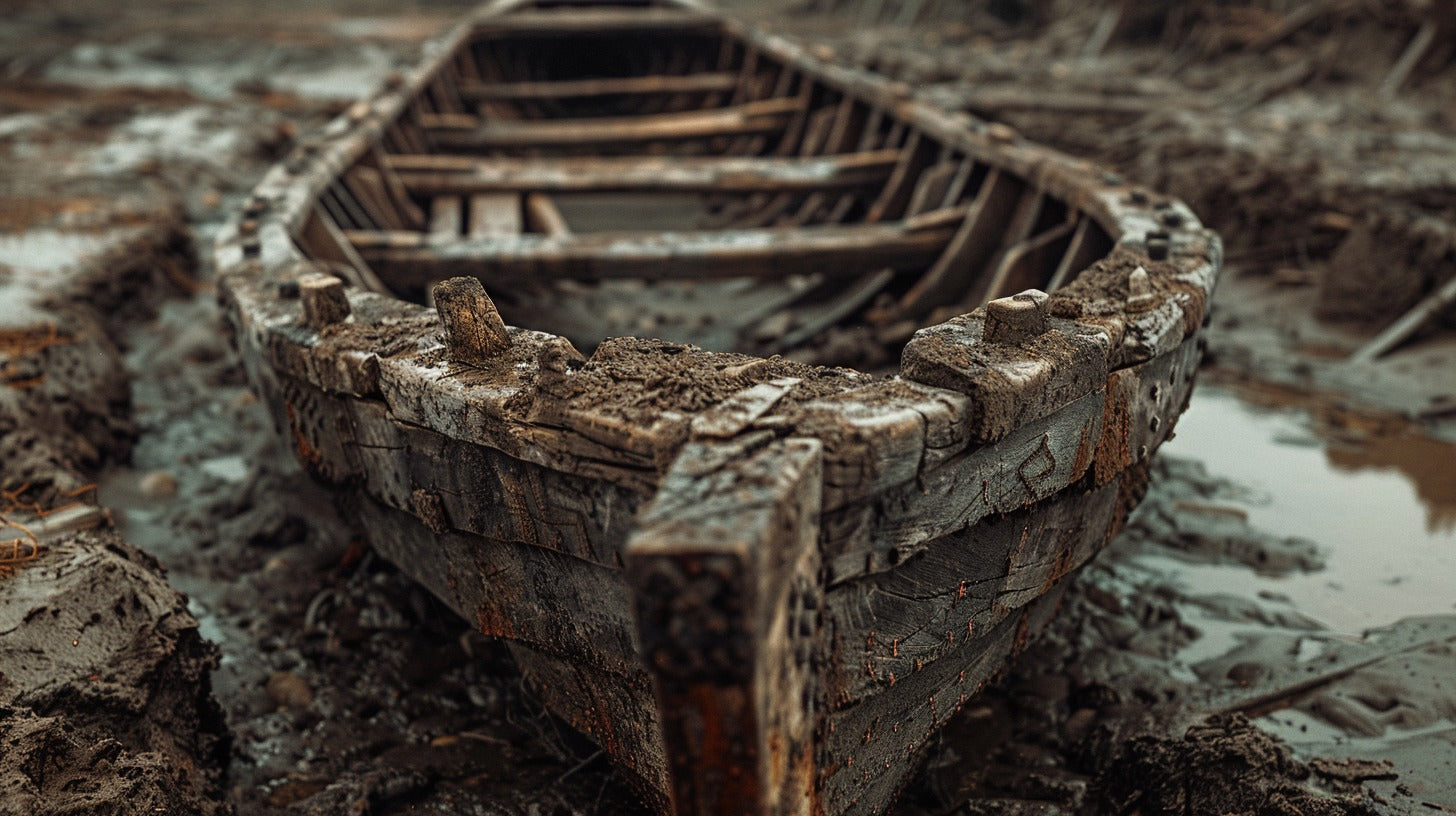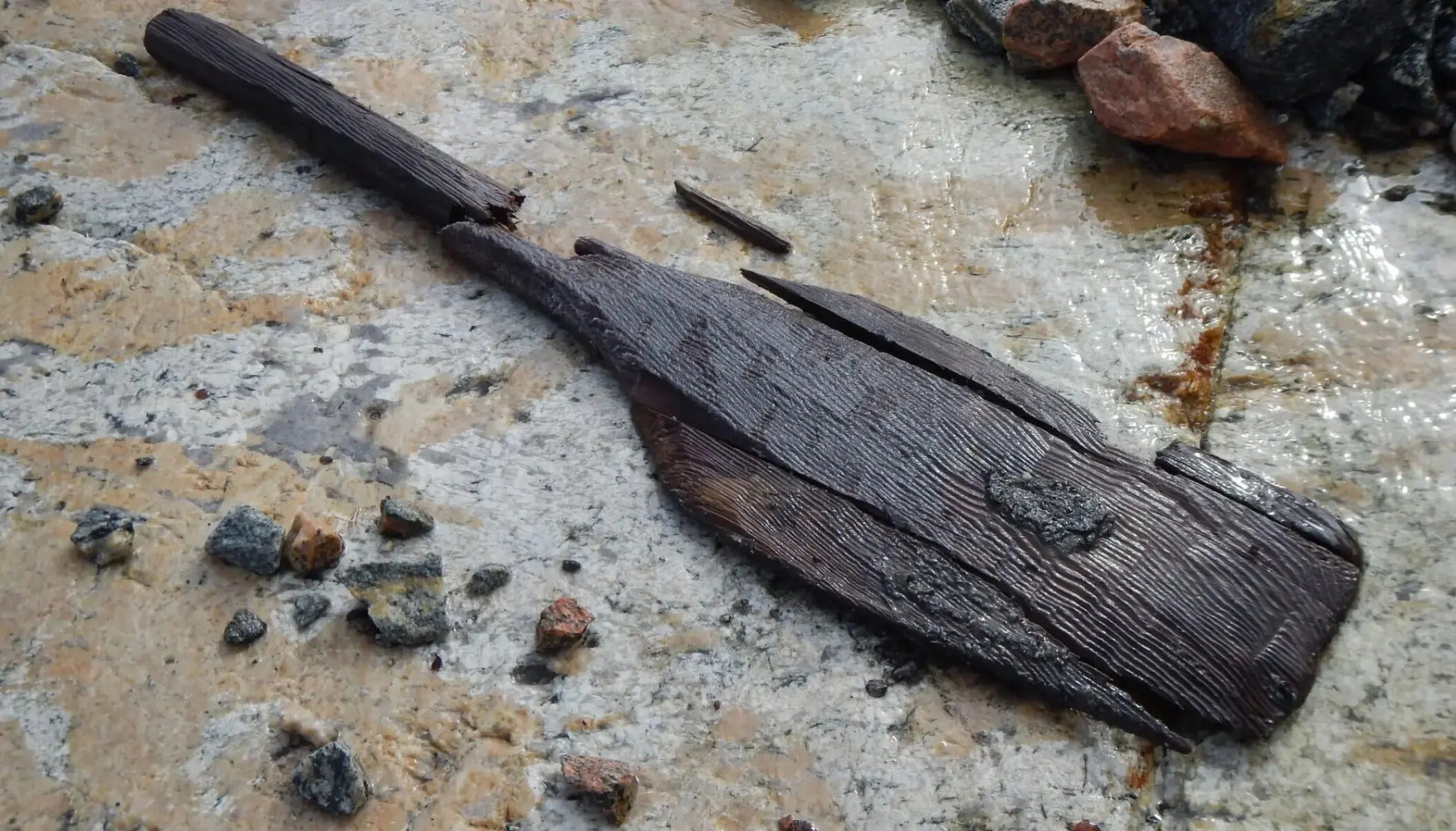
Preserving the Gjellestad Viking Ship: Urgent Actions and National Responsibility
The Gjellestad Viking Ship, discovered in 2018 amidst a field at Gjellestad farm, has become a focal point of urgent archaeological concern. Initially uncovered by archaeologist Sigrid Mannsåker Gundersen using ground-penetrating radar, this remarkable find has since suffered significant degradation, likened to the consistency of butter due to environmental exposure.
Discovering the Gjellestad Ship
The excavation of the Gjellestad Ship unearthed over 1,300 ship rivets and revealed a well-preserved ship shape in the ground, dating back to the early Viking Age (780-830 AD). Led by archaeologist Christian Løchsen Rødsrud, the excavation highlighted the ship's historical and cultural significance, prompting immediate preservation efforts.

The Gjellestad (Jellhaugen) Mound / Photo: Bjoertvedt, CC BY-SA 3.0
Urgent Preservation Needs
Archaeologists warn of a rapid deterioration exacerbated by fungal attacks, stressing the need for immediate action to salvage what remains. "We estimated that we might have a maximum of ten years to preserve some of it," notes Rødsrud, underlining the criticality of timely intervention.
Recognizing its national significance, efforts are underway to construct a protective structure around the ship's imprint, akin to the Ladby Ship in Denmark. Gundersen emphasizes, "Our first priority is securing the site to ensure future displayability, a responsibility we uphold on behalf of the nation."

Remnants of the Gjellestad Ship's keel / Photo: Museum of Cultural History
The site's unstable quick clay necessitates careful excavation and construction to control the local climate and stabilize the ship's remains. This effort, crucial for maintaining its integrity, demands substantial financial and logistical commitments, exceeding local and regional capacities.
Securing World Heritage Status
The Gjellestad Ship's preservation is pivotal for achieving UNESCO World Heritage status, distinguishing it from the previously excavated Oseberg and Gokstad Ships. "Without Gjellestad, there is no UNESCO status," asserts the Østfold county municipality, underscoring the site's irreplaceable historical value.
Despite challenges, recent efforts secured UNESCO funding to reinstall monitoring equipment, crucial for assessing environmental impacts on the site. This ongoing vigilance aims not only at safeguarding the ship but also at advancing its candidacy for World Heritage recognition.
Vision for the Future
Looking ahead, Rødsrud envisions a synergistic future where Gjellestad complements Oslo's new Viking museum, offering a dual narrative of on-site preservation and museum display. This integration, he suggests, could enhance cultural tourism and global appreciation of Norway's Viking heritage.
Recent advocacy at the Norwegian Parliament highlights growing political awareness of the Gjellestad Ship's plight. "This isn't just about money; it's about preserving our cultural legacy," stresses Rødsrud, underscoring the need for informed governmental support in securing long-term funding and strategic partnerships.
Conclusion
As the countdown to irreversible decay continues, the urgency to act grows. The fate of the Gjellestad Ship hinges not only on technological and financial resources but on unified national resolve to safeguard a cornerstone of Norway's Viking legacy. Every moment counts in preserving this iconic piece of history for future generations.
References
Gjellesvik, A. B. (2023, March 15). Archaeologists sound the alarm: Urgent action needed to preserve the Gjellestad Ship remains. Science Norway.








